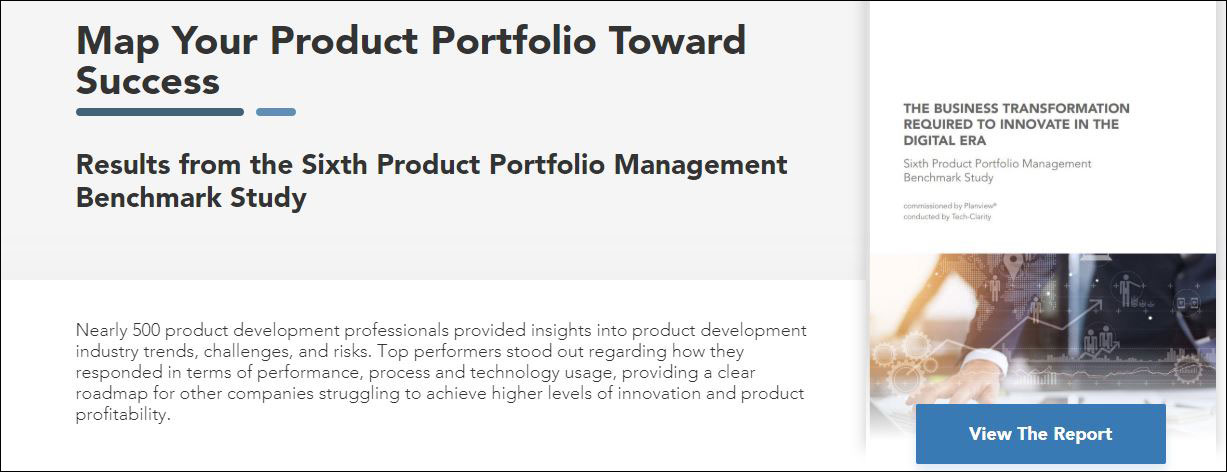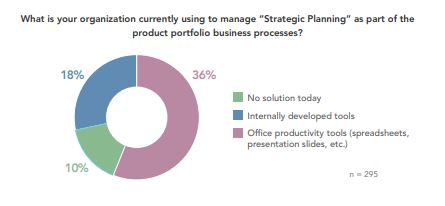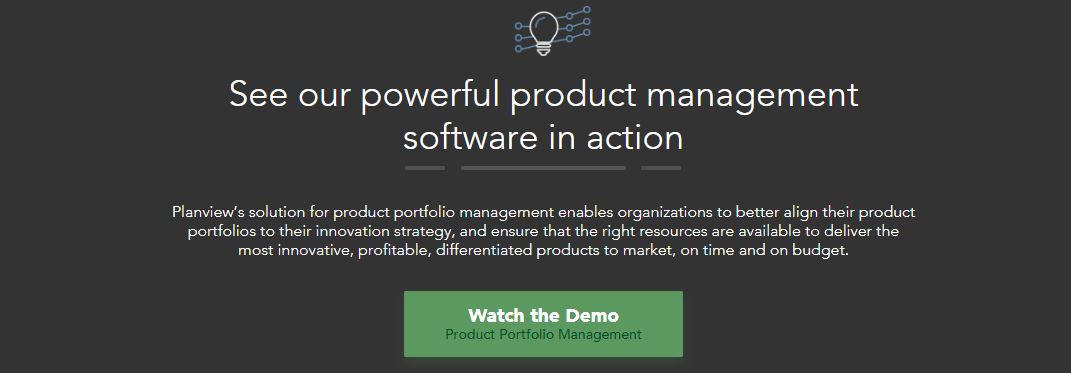
If you read part 1 of this series “The Complexity of Managing Smarter, More Connected Products,” it probably does not come as a surprise that while innovation investments are on the rise, business leaders are still struggling to align resources and money to their strategic targets. In part 2 of this series, we’ll look at the challenges related to investing in innovation as well as the challenges associated with ensuring the product portfolio is aligned to the innovation strategy. We’ll also provide a look into how top performing companies are addressing those challenges.
In the Sixth Product Portfolio Management Benchmark Study (commissioned by Planview and conducted by Tech-Clarity), nearly all survey respondents indicated that innovation is important to realizing their company’s current strategic objectives, with almost half suggesting it is “critically important.” In fact, 73% said that their innovation budget and resources are increasing. Conversely, only 23% reported that their product portfolio is “highly aligned” with their business strategy. And more than a quarter revealed that their portfolio was misaligned with strategy or simply have no idea if alignment even occurs.
When strategy and portfolio execution do not connect, business leaders must evolve their processes and tools. These processes and tools must guide and support the new product development process and help in eliminating those products that are a drag on top-line revenues. The question is: how?
Use Modern Technology
Too many organizations still rely solely on Gantt charts, spreadsheets, slide presentations, e-mail, and meeting conversations. While e-mail and spreadsheets aren’t going away, relying on them to manage your innovation strategy is counterproductive, as they cannot enable a holistic and long-term portfolio vision. Such desktop tools do not support an effective overarching strategy or provide the visibility needed to make business decisions, nor do they help leaders understand how the portfolio is progressing and changing,
The strategy requires an “organizational home,” from which actions cascade down through programs,
projects, products, technologies, and services. The right solution will enable the data to roll back up to the centralized place to provide a feedback loop, measuring performance. These desktop tools simply can’t give you that functionality. Yet, most participants in the benchmark survey continue to use outdated, manual tools or, worse, no solution at all to align strategy with delivery and portfolio.
Respondents revealed the following statistics regarding their day-to-day portfolio management solutions:
- 10% – No solution today
- 18% – Internally developed solution
- 36% – Office productivity tools (spreadsheets, presentation slides, etc.)
Course Correction Is Key
According to the research, “top performers have a clear overarching strategy” and can regularly course correct to deliver. To do this, they often rely on purpose-built software like product portfolio management, to obtain visibility across the strategic portfolio and achieve business agility. Such a comprehensive, centralized tool coupled with best practices, is the key to formulating a winning strategy for your organization.
In part three of this series, we’ll look at best practices and other factors that can enable you to maximize the PPM technology we’ve covered in this here. Follow along with this eight-part series regarding the discipline and importance of PPM to transform your organization into one of the top performers, listed below:
- Part 3: Managing Product Portfolio Challenges in the Digital Age
- Part 4: Ensuring the Life Blood of Your Business: Data Visibility
- Part 5: Product Development Processes: Changing the Game
- Part 6: Technology: The Key to Resolving Product Portfolio Challenges
- Part 7: A Product Development Process for Successful Strategic Outcomes
- Part 8: 6 Product Portfolio Management Best Practices
Also, don’t forget to read the full benchmark report “The Business Transformation Required to Innovate in the Digital Era” and to register for the webinar, “The Surprising Secrets to Delivering Smarter, More Connected Products,” to learn more.







